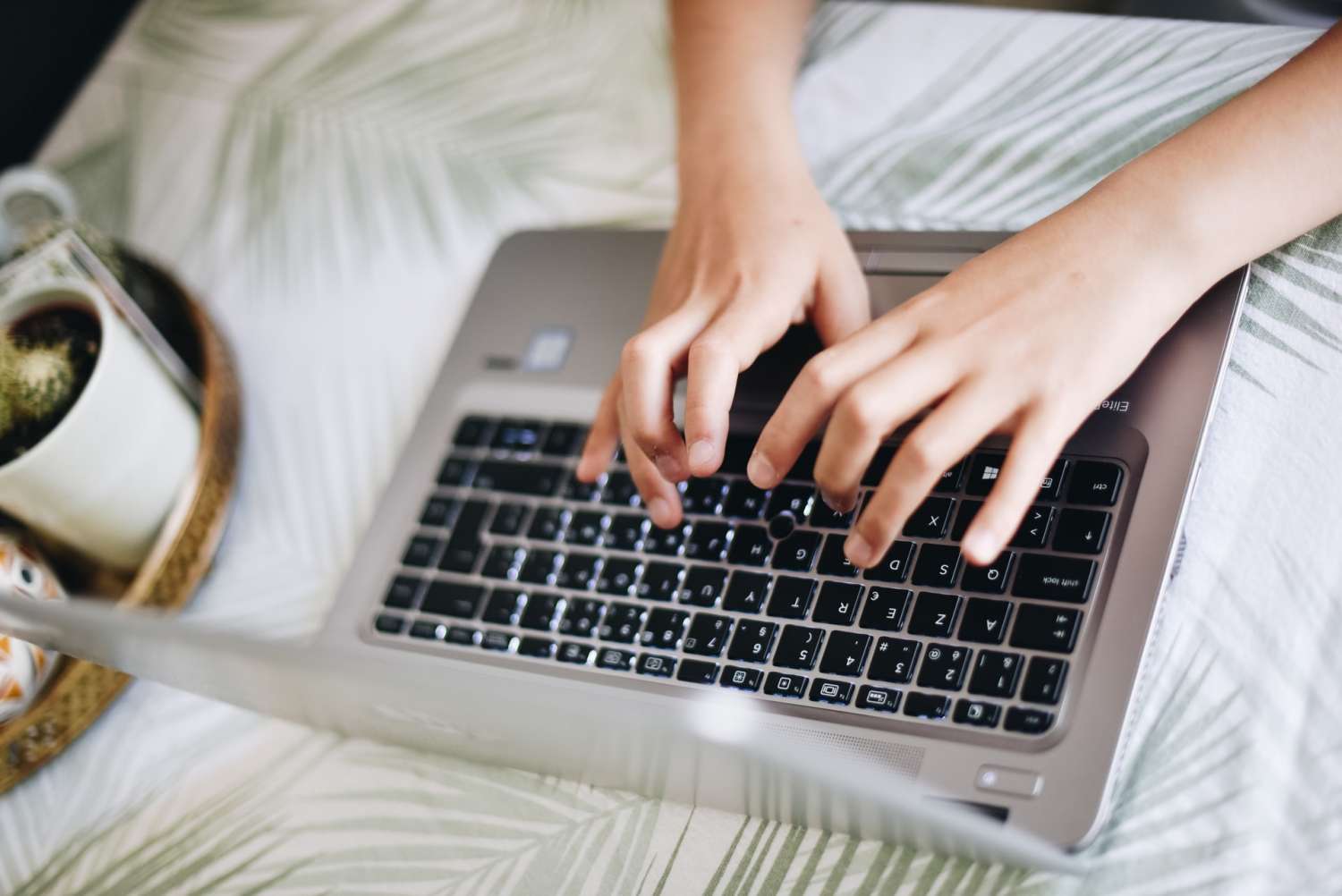Bath & Body, Blog
Reading Labels
If you’re a label reader, you know the there are all kinds of unpronounceable ingredients on the market. I maintain: If you can’t put it in you, you shouldn’t put it on you.
A recently shared list of nasty ingredients, which are bad for your skin and the environment is as follows:
- BHA and BHT,
- coal tar dyes,
- DEA, cocamide DEA and lauramide DEA,
- dibutyl phthalate,
- formaldehyde-releasing preservatives,
- parabens,
- parfum,
- PEGs,
- petrolatum,
- siloxanes,
- sodium laureth sulfate,
- triclosan
To be honest, I don’t know where you’d source these ingredients or what they do to enhance (if that’s even possible) an already natural product. For safety sake, always read the labels. Not pointing any fingers, but you’d be surprised at the ingredients in products sold by high street retailers, that claim to be natural.
Did you know that even the most complex skincare needs can be easily replaced by natural DIY alternatives? Let’s start with a moisturizer. Now, this isn’t a fancy creamy delight, just a quick swirl of a cotton ball across your face will leave you feeling moisturized and loved. See the short (01:19) video below for a personal tutorial.
Vegetable Glycerine, the primary ingredient in this recipe, attracts and locks moisture into the skin. It softens and soothes the complexion, closely matching skins’ pH level, making a DIY solution like this, suitable for the most sensitive skin, including that of a baby. Purple tea is high in antioxidants making it a perfect choice, over water, to help keep your skin hydrated.
Give it a try and share your experience in the comments. It also makes a refreshing part of a mindful wake-up routine, when sprayed gently onto your face.



